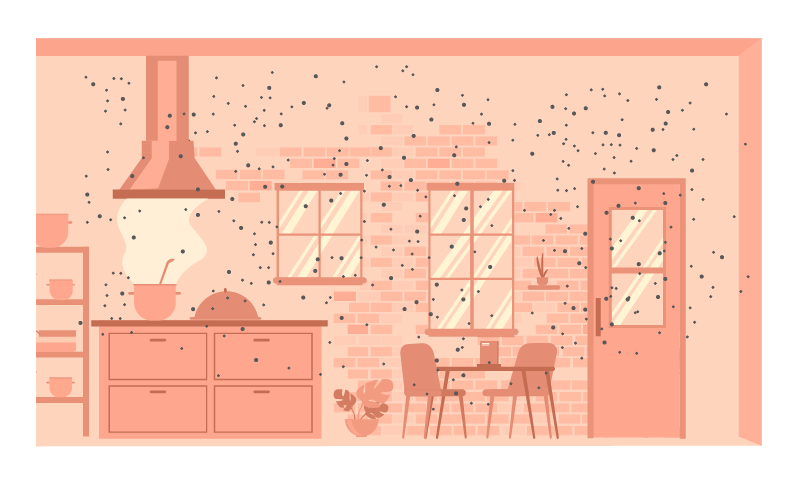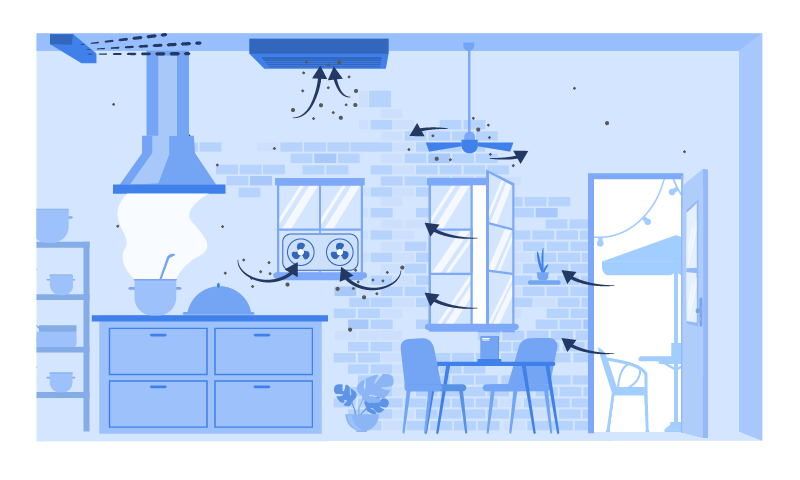Recommendations for Fully Vaccinated People
COVID-19 Homepage
Improving Ventilation In Buildings
- To improve ventilation in your building, keep your system operating as designed. Aim for at least 5 air changes each hour and upgrade to MERV-13 filters.
- Good ventilation is essential to maintaining a healthy indoor environment and protecting building occupants from respiratory infections.
- Improving ventilation in buildings can help reduce the number of viral particles in the air and lower occupants’ risk of exposure to respiratory viruses.
- Implementing multiple infection prevention and control strategies at the same time can increase the overall effectiveness of ventilation interventions.
- Building owners and operators can participate in the Clean Air in Building Challenge to improve indoor air quality and protect public health.
Improving Ventilation in Buildings
Improving ventilation (air flow, filtration, and treatment) can help you protect building occupants from respiratory infections. Good ventilation can also help you provide clean air and maintain a healthy indoor environment.
Droplets and small particles that people breathe out can contain viruses. Because people can get respiratory illnesses from breathing in these droplets and viral particles, it is important to use protective ventilation strategies to prevent them from accumulating in indoor air.
Ventilation systems bring fresh, outdoor air into rooms, filter or disinfect the air there, and improve air flow. Making ventilation system upgrades or improvements in your building can increase the delivery of clean air and reduce potential contaminants in indoor spaces. This can help reduce the number of viral particles in the air.
Poor Ventilation

Good Ventilation

How to Improve Ventilation in Your Building
Building owners and operators can take steps to improve ventilation and help prevent respiratory illnesses from spreading in indoor spaces. You can use a layered approach that combines ventilation strategies with other infection prevention and control measures. With each added layer of protection, the risk of exposure to respiratory viruses decreases.
Basic Strategies
Make sure your building’s heating, ventilation, and air conditioning (HVAC) systems operate as designed. Older systems may need updating to meet current ventilation standards or to improve ventilation and filtration capability.
Enhanced Strategies
Improving ventilation, filtration, and air treatment systems in buildings can help lower the concentration of viral particles in the air.
Low cost and low energy strategies are available. Learn more about using CDC’s building recommendations in your setting.
The Clean Air in Buildings Challenge helps building owners and operators improve indoor air quality and protect public health. Create your clean indoor air action plan today.
To receive email updates about COVID-19, enter your email address: